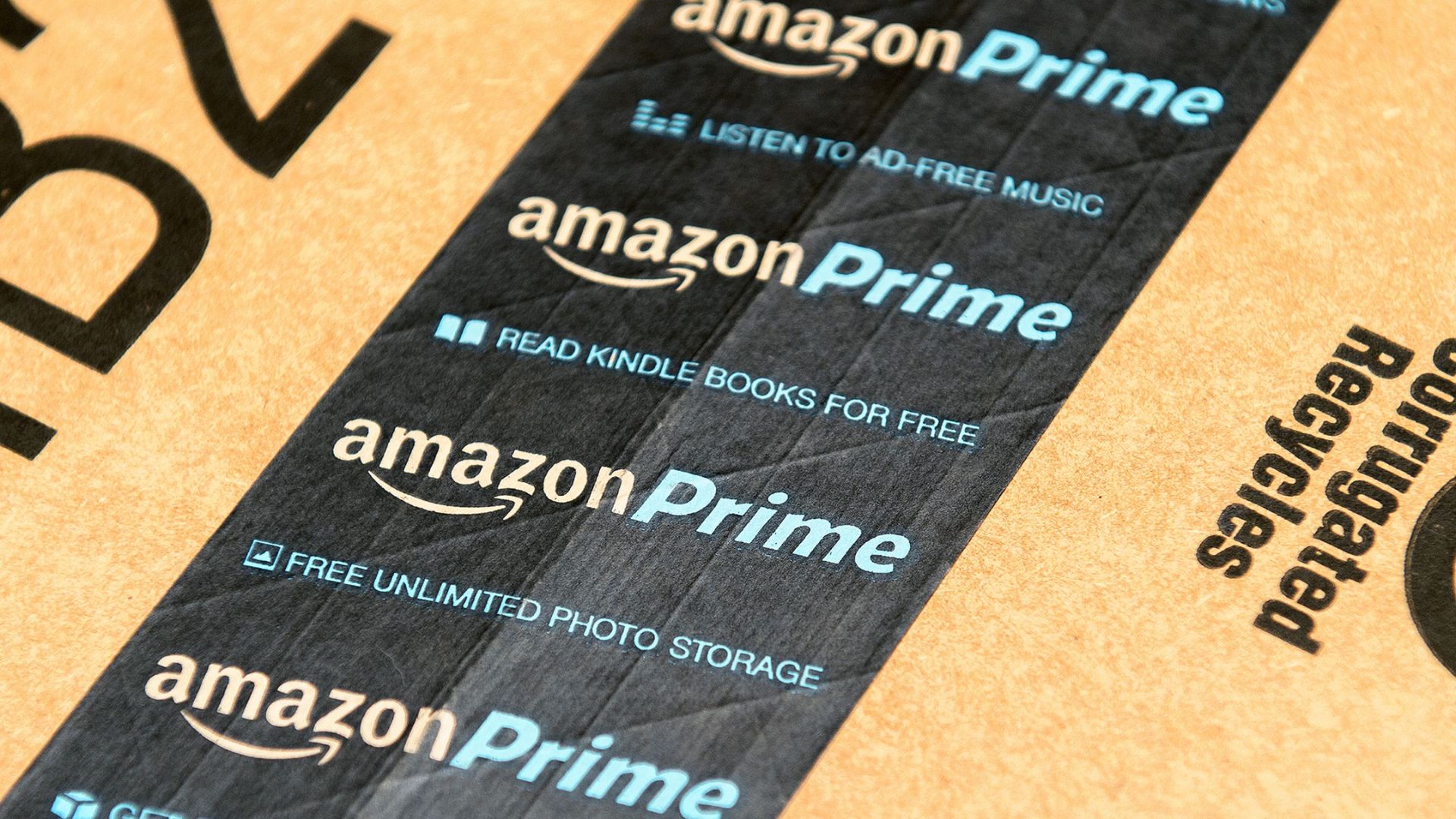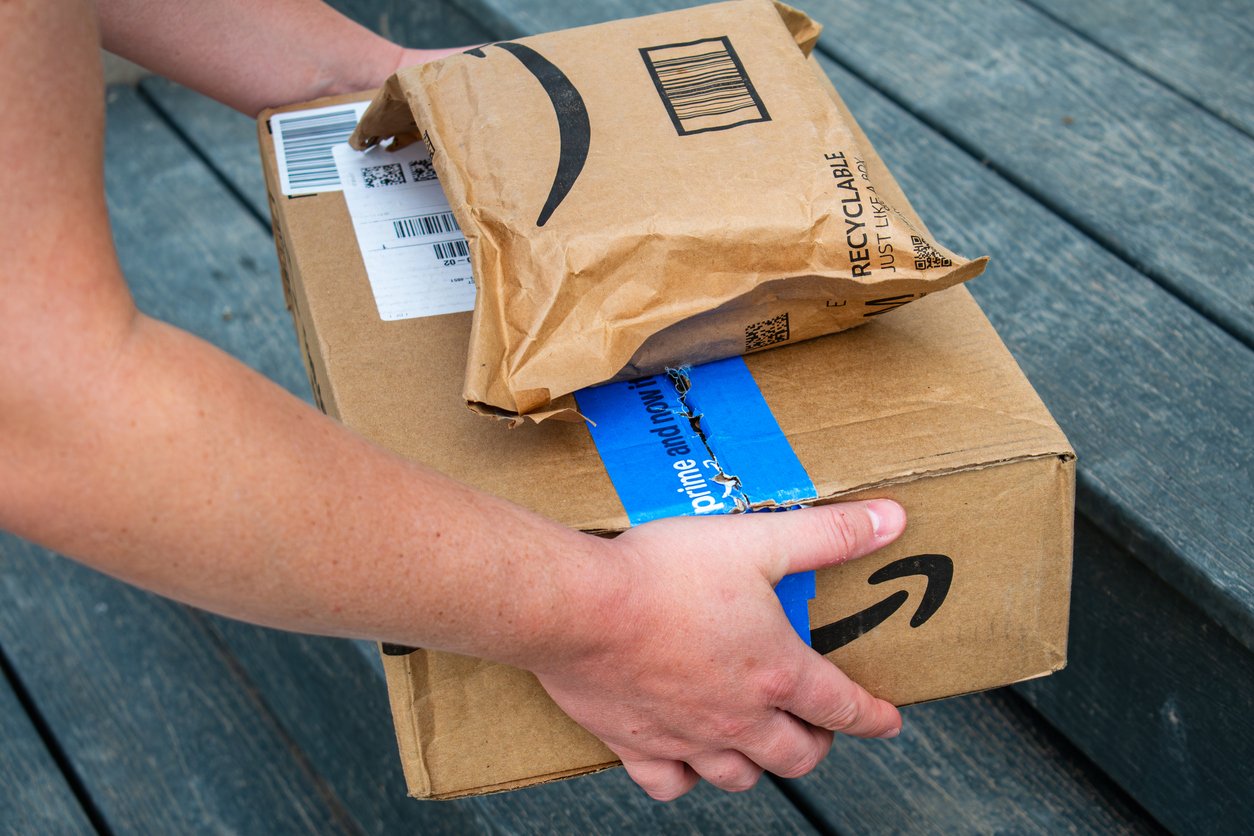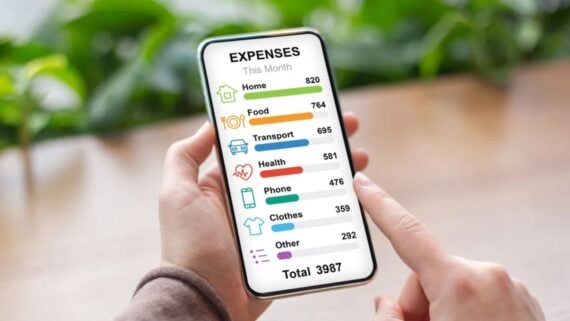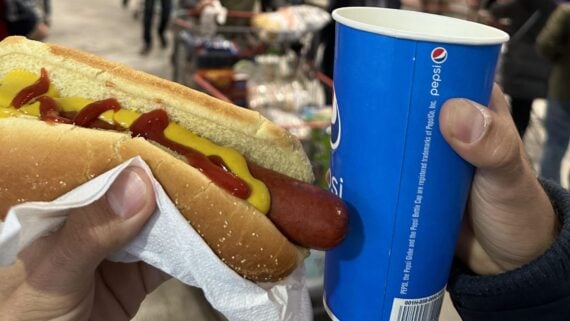Amazon has expanded its Prime Air drone delivery service to three new locations — San Antonio and Waco in Texas, plus Pontiac, Michigan — bringing the total number of operational sites to four across three states. The promise is enticing: packages up to 5 pounds delivered to your doorstep in under an hour, arriving via Amazon drones instead of a delivery truck.
But before you get excited and start shouting, “The future is here,” there’s something you should know: Amazon’s drone program has been plagued by problems, and not everyone is thrilled about their new airborne neighbors.
How Amazon’s Drone Delivery Actually Works

Prime Air drones can deliver packages that weigh up to 5 pounds to locations within a 7-to-8-mile radius of an Amazon fulfillment center, operating during daylight hours when weather conditions are favorable (no drones getting mistaken for giant snowflakes or being swept into tornadoes). The service costs $4.99 for Prime members and $9.99 for non-Prime members.
Amazon has ambitious plans, aiming to deliver up to 500 million packages annually via drones by 2030. To get there, they’re using a newer drone model called the MK30, which the company claims addresses many of the issues that emerged during earlier testing phases.
The Downsides to Prime Air

When Prime Air launched in Texas last year, local residents complained about noise and privacy — a concern echoed again in this latest round of reporting.
Drones are also still relatively new to neighborhood airspace, which means:
- Noise complaints are likely to continue.
- Collision risks aren’t theoretical — other commercial drone programs have had them.
- Privacy concerns remain top of mind for communities.
Even with the MK30’s upgrades, Amazon is essentially asking people to trust that a large flying machine with spinning blades will behave perfectly above their pets, kids, and patios. For some residents, that’s a big leap.
Why It Matters

The service makes ultra-fast delivery possible, but it also puts drones into the skies of quiet neighborhoods, dense suburbs, and everything in between, which means:
- More convenience
- More drones
- More noise debates
- More “Do I really want a robot filming my backyard?” conversations
The expansion signals Amazon’s confidence in the technology, but it also signals that the public is about to become part of the real-world beta test.
More Amazon stories on Cheapism

- You Can Now Buy a Used Ford Vehicle on Amazon — Here’s what carbuyers should know abou the new Ford and Amazon Autos partnership.
- Amazon’s Black Friday Starts Early: 8 Deals That Are Actually Worth the Fuss — We sifted through what’s available to bring you the Amazon Black Friday deals that are worth checking out.
- Amazon Prime Is Cracking Down on Account Sharing. Here’s What It Means for You — Here’s what the Prime sharing crackdown is about, and when it’s starting.




